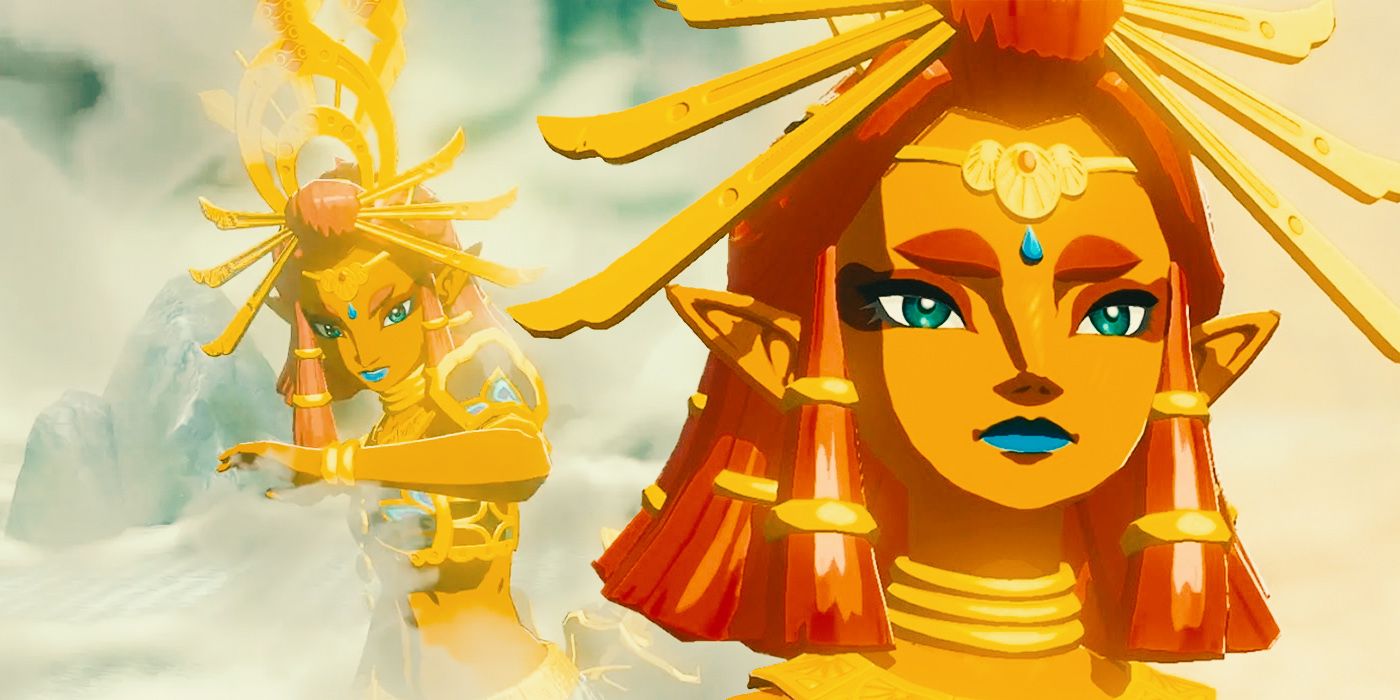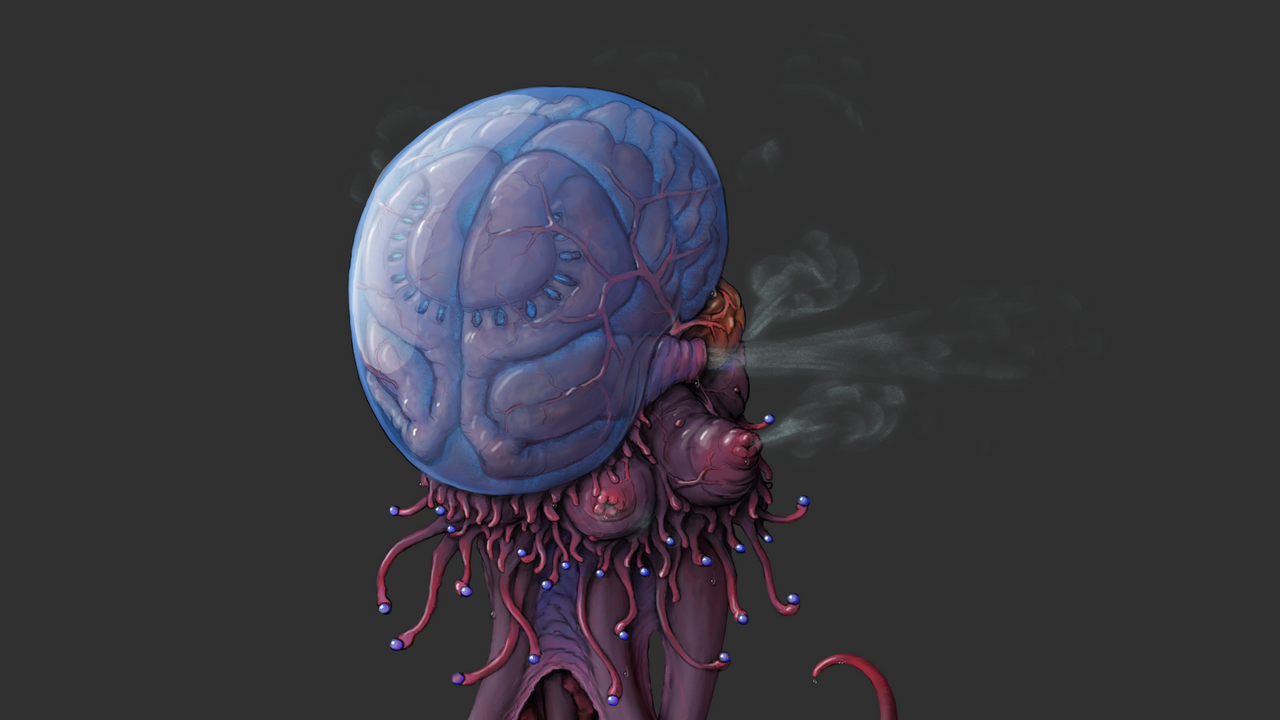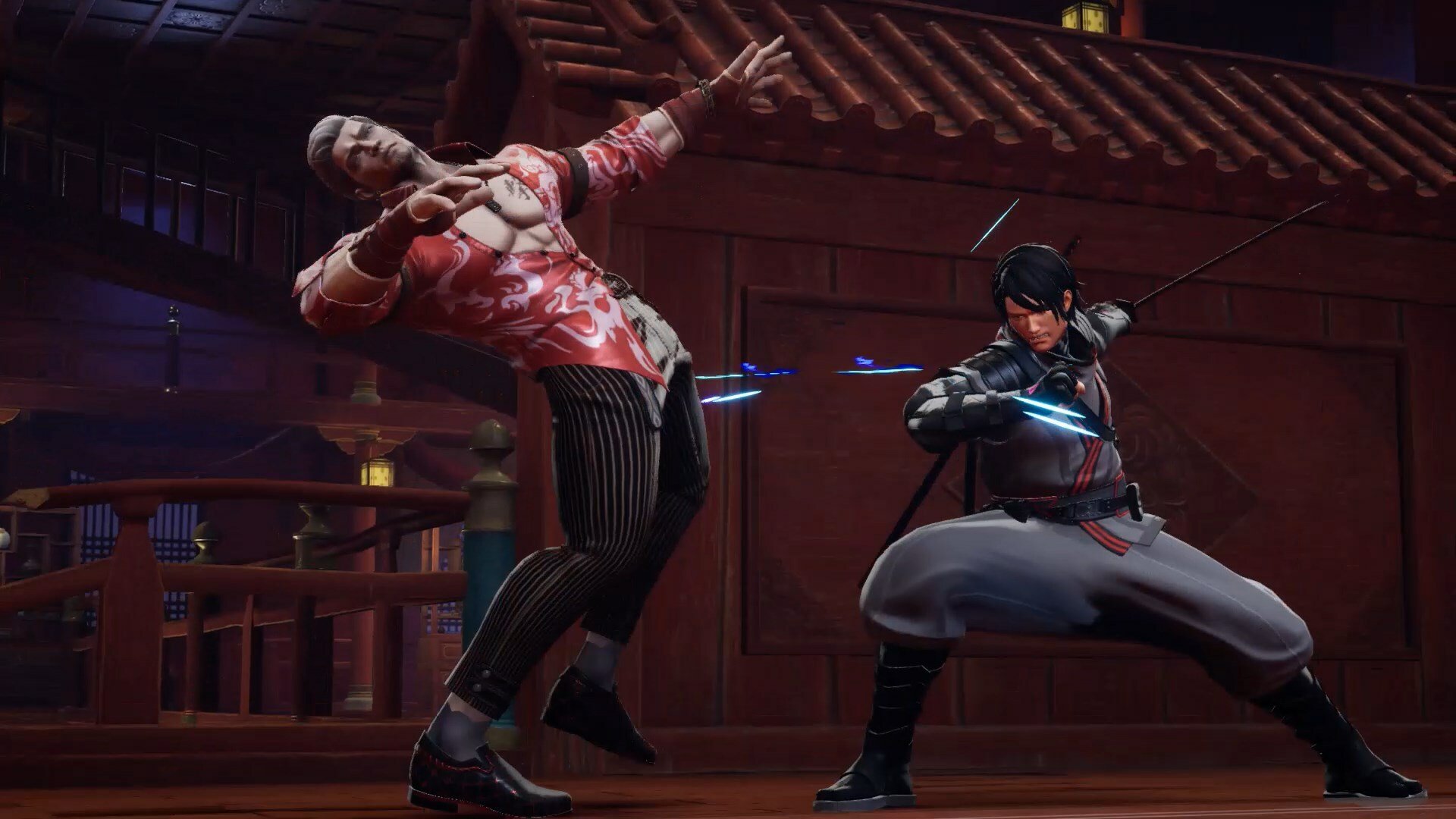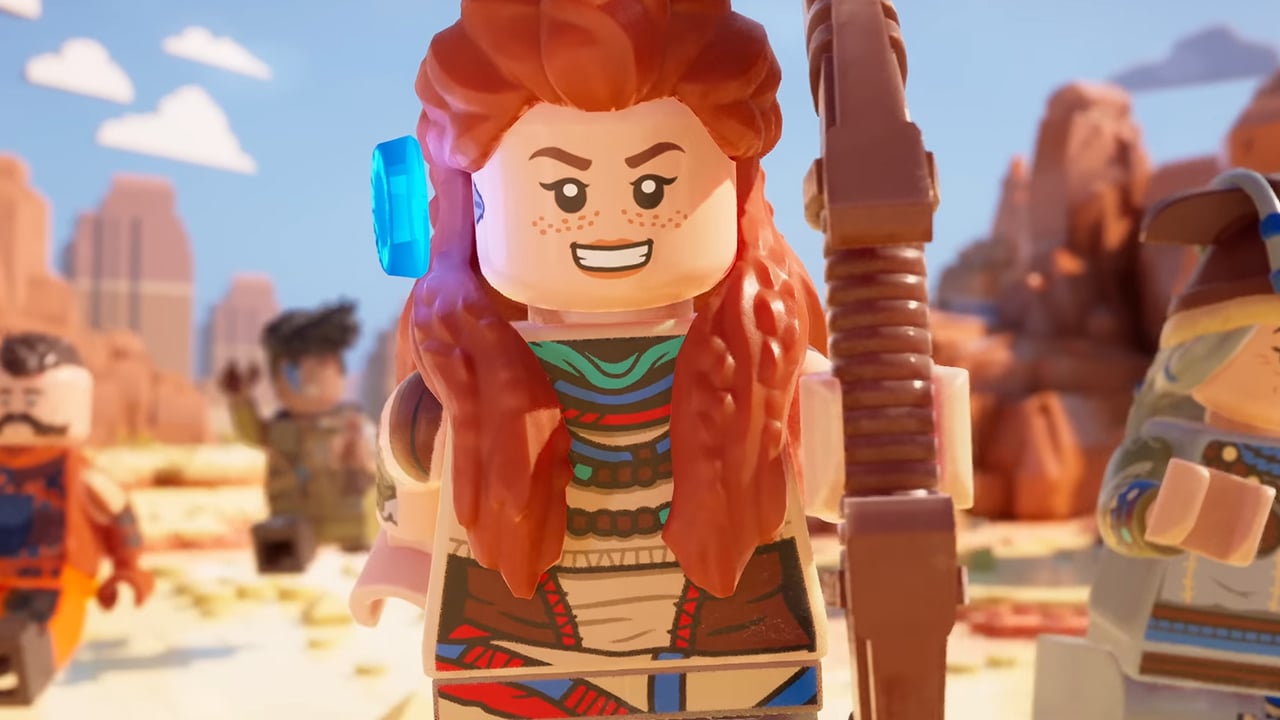The Legend of Zelda: Tears of the Kingdom and its predecessor, Breath of the Wild, expand on the history of the Gerudo race in the Zelda games. For players who are new to the series, it’s easy to miss the subtle explanations about these fictional races and their cultures. In both Breath of the Wild and Tears of the Kingdom, it is a significant event when Link enters Gerudo Town because he is a man. While Tears of the Kingdom does not require Link to dress as a woman like in Breath of the Wild, it is clear that the Gerudo are not happy to have him there, even if their chief ordered it. As a result, players will quickly notice that there are no male Gerudo in sight.
In the book Creating a Champion, which is about the making of Breath of the Wild, it is explained that a male Gerudo has not been born since the king who became Calamity Ganon. Since the king was technically considered alive while sealed, the conditions for another male Gerudo to be born were not met. This explanation makes sense in Breath of the Wild, as even after 100 years, Zelda continues to keep Calamity Ganon sealed, further delaying the birth of another male Gerudo.
However, in Tears of the Kingdom, which is a direct sequel, Ganondorf poses a problem for the timeline and the rules of a male Gerudo being born. According to the rules, a male Gerudo can only be born every 100 years, and the previous male must die before the next one is born. It is unclear when Ganondorf in Tears of the Kingdom was born and if he is somehow the same king who became Calamity Ganon. With the current information available, it seems impossible to fit both Ganondorf and Calamity Ganon into the same timeline while following the rules of the Gerudo.
Related: Wait, Is The Legend Of Zelda’s Ganondorf Immortal?
2023-06-20 07:00:05
Link from screenrant.com
rnrn



















